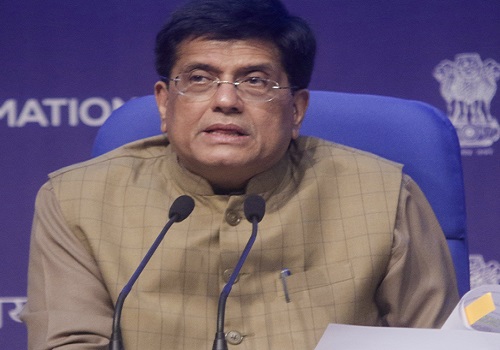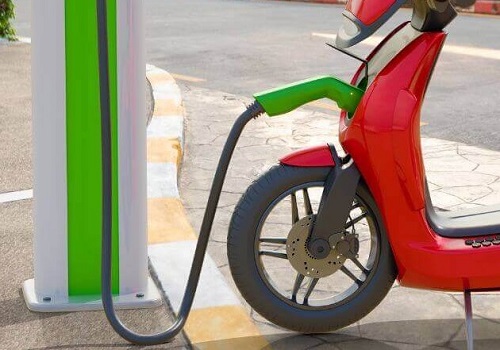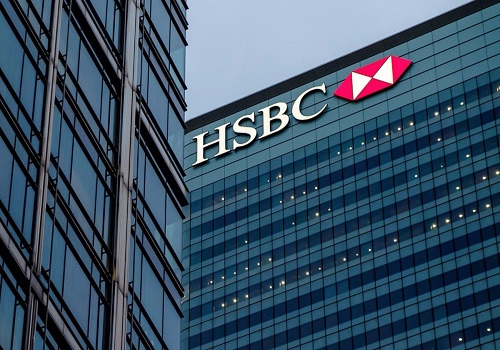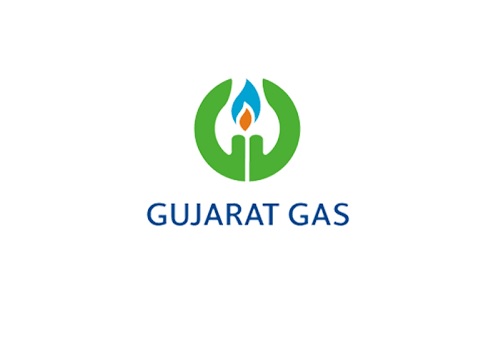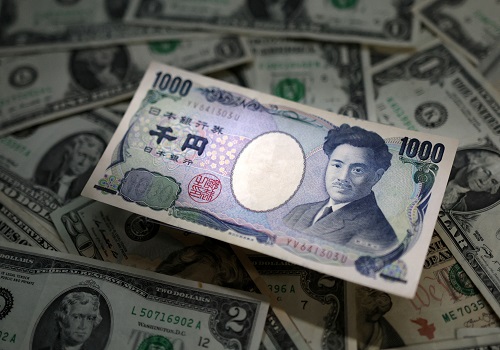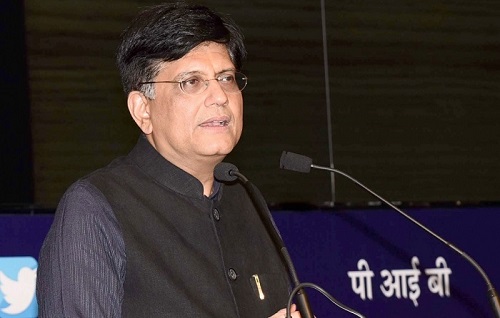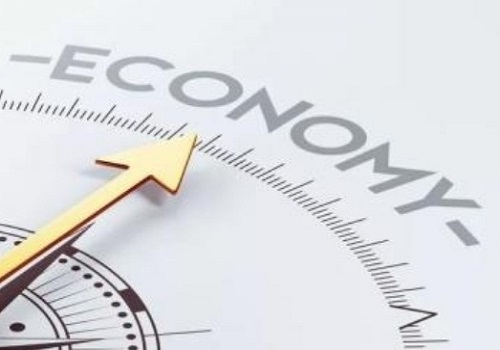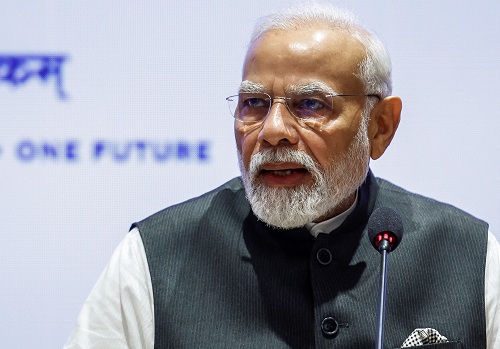India`s debt:GDP ratio is much lower than US, Japan, France, UK: FM Nirmala Sitharaman
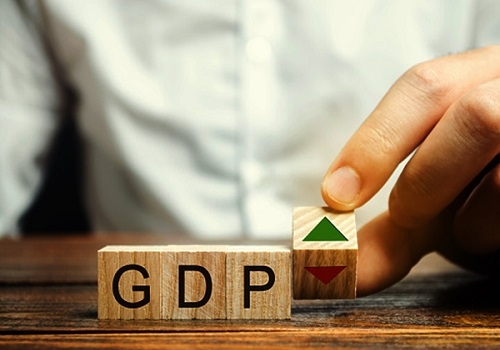
Follow us Now on Telegram ! Get daily 10 - 12 important updates on Business, Finance and Investment. Join our Telegram Channel
Finance Minister Nirmala Sitharman said on Monday that India has fared relatively well compared with other countries as far as the government debt to GDP ratio is concerned and the country is the third least indebted nation among low- and middle-income countries (LMIC).
India had a debt-to-GDP ratio of 81 per cent in 2022. This is significantly lower than economies like Japan (260.1 per cent), Italy (140.5 per cent), the USA (121.3 per cent), France (111.8 per cent), and the UK (101.9 per cent) in the same period. On the other hand, several countries have faced the risk of sovereign default in recent years. The number of countries facing high debt levels increased from 22 in 2011 to almost 60 in 2022, she said.
The Finance Minister said that in a comparative analysis with other LMICs, India's external debt scenario is robust. Considering the ratio of total external debt to Gross National Income (GNI), India emerges as the 3rd least indebted country among all LMICs. This is a vital indicator of a country's ability to handle its external debt. The ratio of India's total external debt to its exports is 91.9 per cent, positioning it as the fifth least indebted country among LMICs in this aspect.
India's share of short-term debt in the total external debt is 18.7 per cent. This is lower than that of other LMICs like China, Thailand, Turkey, Vietnam, South Africa, and Bangladesh, which have higher percentages, she added.
A lower proportion of short-term debt is beneficial as it implies less immediate repayment pressure.
Regarding Central government debt, it is also important to note that it is overwhelmingly rupee-denominated, with external borrowings (from bilateral & multilateral sources) contributing a minimal amount (less than 5 per cent of total debt), which signifies that exposure to volatility in exchange rates tend to be on the lower end.
Domestically issued debt of the Central government, which is mostly raised through government securities, has a weighted average maturity of roughly 12 years, which indicates low rollover risk. This indicates the sustainability of the Central government debt. Therefore, the risk profile of India’s government debt stands out as safe and prudent in terms of accepted parameters of indicator-based approach for debt sustainability, she said.
India's government external debt as a percentage of GDP (2020) was just 6.7 per cent compared to 24.4 per cent of Mexico, 28.6 per cent of Pakistan, 20.6 per cent of Indonesia, and 15.8 per cent of Turkey.
Criticising the erstwhile Congress-led UPA amid the ongoing Lok Sabha poll campaign, the Finance Minister said that during its tenure, India’s external vulnerability had shot up because of over-dependence on External Commercial Borrowings (ECBs). Between 2004-14, ECBs rose at a deplorable CAGR of 21.1 per cent, whereas in the 9 years from FY14 to FY23, they grew at an annual rate of 4.5 per cent.
"UPA's legacy of fiscal shortsightedness and hidden debts contrasts sharply with our era of transparent, strategic, and transformative investments. Under PM Modi-led Govt, we are building a legacy of growth, transparency, and responsibility," she added


.jpg)
